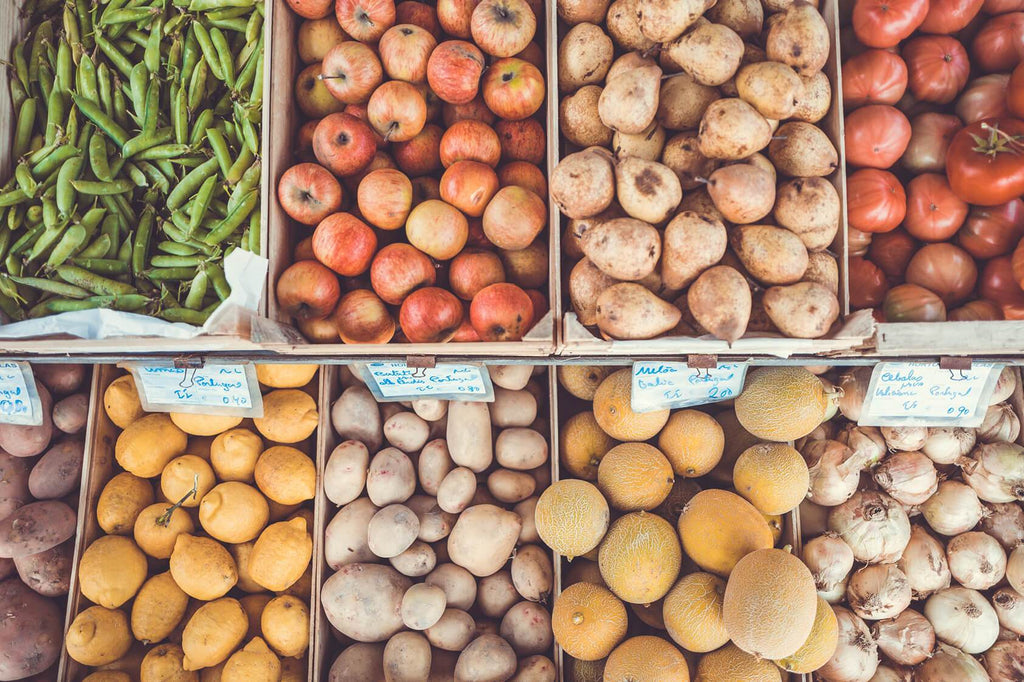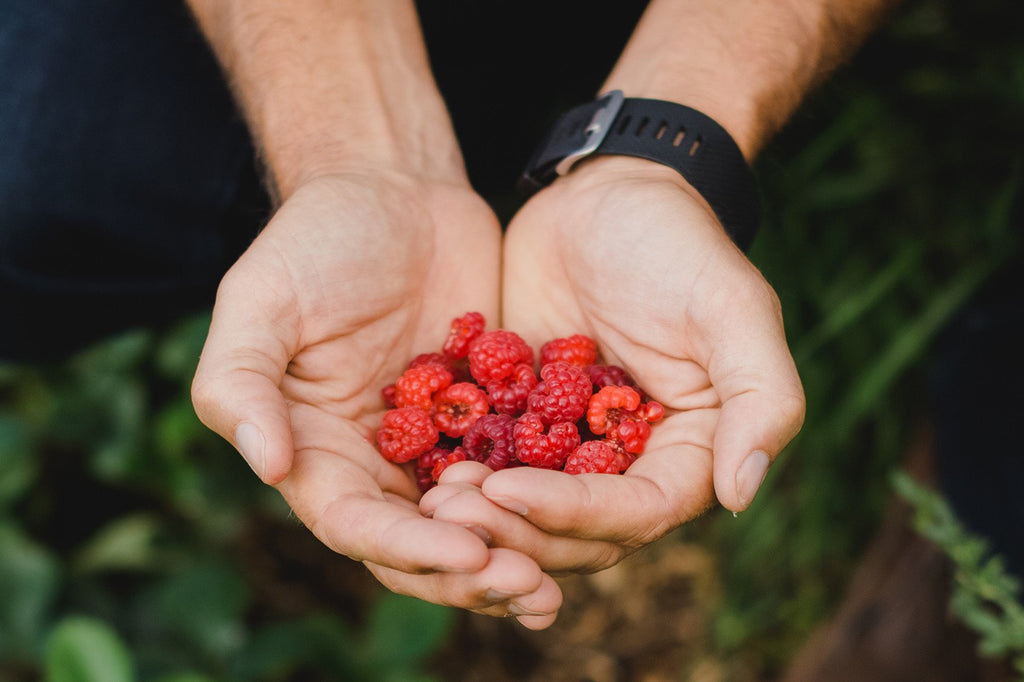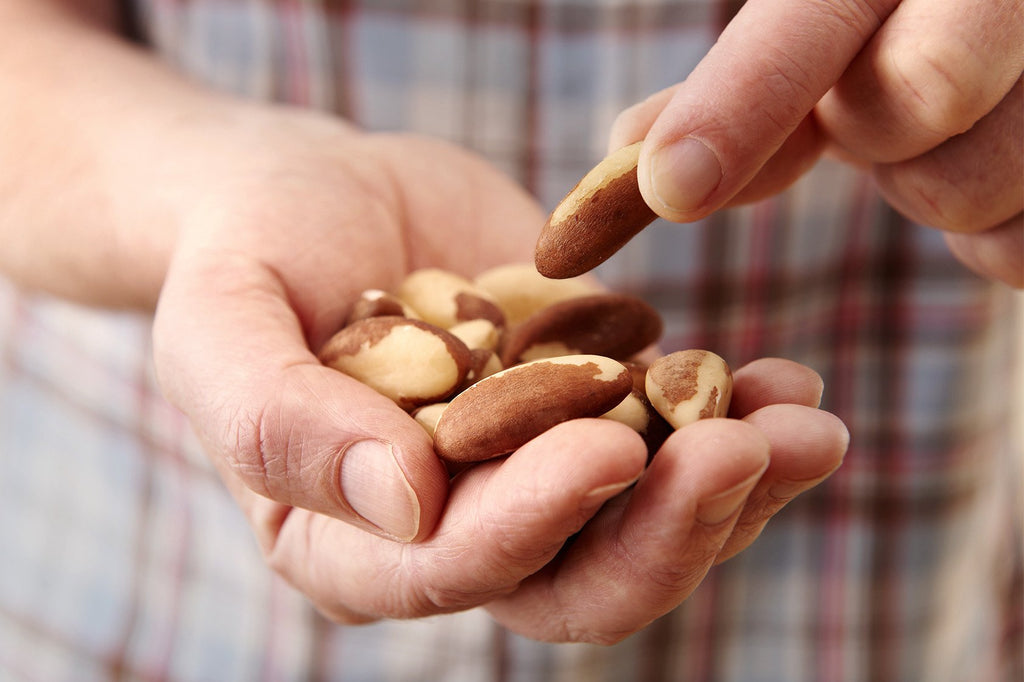
In an ideal world, we’d all be eating fresh foods free from processing and packaging – fresh fruits and vegetables, fresh meats and seafood, nuts and seeds, eggs, and drinking not much other than water.
However, we don’t always have the time, motivation, or know-how to prepare all of our food from scratch. Sometimes it’s just nice to have a treat or a convenience food at our fingertips.
As mainstream media catches on to the staggering research around sugar and refined grains driving our current obesity crisis, more and more people are taking a closer look at nutrition labels in our supermarkets.
This can only be a good thing. But, while we look out for added sugars and high fructose corn syrup many of us are still unaware what all those additives and numbers in our food actually mean.
In this week’s blog I’m going to talk about what to look out for when reading a nutrition label as well as what those numbers actually mean. Should we avoid all numbers? Are any of them safe and which ones do we definitely need to avoid.
Numbers in our food such as 212 (potassium benzoate) or 461 (methyl cellulose) may sound like something constructed by Dr Jekyl in a science lab, but they are actually additives put in our food to act as preservatives or thickeners.
The World Health Organisation and the United Nations Food and Agriculture Organisation do monitor food additives but there is still debate among health practitioners about the effects of these additives on our health.
So why you might ask, are they even in our food if they don’t have to be and we aren’t 100% sure they aren’t harmful? Big food manufacturers include them in products as an easy way of improving the colour, texture, or flavour of processed food. The problem is, some of the foods they are added to might not seem processed to the average person. Tinned tomatoes, tinned coconut cream, dried coconut, and dried fruit are all staples of a real food diet, and yet many brands of these products contain added numbers.
So let’s break the numbers into groups. Colours, Preservatives and Thickeners.
Colours
For a long time there’s been anecdotal evidence from parents that colours added to processed food make kids go crazy. But a study carried out in Southampton in the UK, and published in the Lancet, found substantial evidence about the impact of food colourings on “ADHD-type behaviour across children aged 3 and 8”. The findings of the study led to the recommendation to the UK by the FSA that six artificial colourings ‘The Southampton Six' should be removed from food. The additives Tartrazine (E102), Ponceau 4R (E124), Sunset Yellow (E110), Camoisine (E122), Quinoline Yellow (E104) and Allura Red (E129) are commonly found in lollies, biscuits, chips and fizzy drink.
The Lancet reported that “the researchers estimated that 6.6 per cent of children in the UK aged three to 12 suffer from ADHD and that figure could be reduced by 30 per cent if additives were banned.”
Colours are usually indicated by numbers in the 100’s. A full list of what each number means can be found here.
Our advice here at BePure is to eat a rainbow of naturally coloured foods found in our fruits and vegetables. Add some frozen raspberries to water to make a “pink” drink and ensure you are eating a range of fresh seasonal produce. For kids birthday parties, if desired, you can colour food with beetroot juice (red/pink) pureed blueberries (blue/purple) or turmeric (yellow).
Preservatives
This group of additives is used to extend the shelf life of products. This can be helpful in certain situations where food needs to be stored for longer periods of time, but some preservatives - such as in dried fruit, dried coconut products and wine - are especially problematic for people susceptible to allergic reactions or even asthma attacks. The compound responsible for this is sulfites and benzoates found in numbers between 200 and 220.
Last year the World Health Organisation cited preservatives used in processed meats as “probably carcinogenic”, because of the way these preservatives act in our bodies once consumed. The study also highlighted potential problems with over consumption of red meat, but because of the health benefits of eating meat - B vitamins, zinc absorption and adrenal support - they suggested people cut down on these foods rather than cutting them out altogether.
Soft drinks also contain carcinogenic additives in the form of sodium benzoate, potassium benzoate (212) and ascorbic acid (300). When combined, these additives can cause a known carcinogen - benzene - to form. Coupled with the colours and sugars found in these products we recommend giving soft drink a wide berth.
Sparkling mineral water with a splash of lemon, lime, mint, cucumber or fresh berries will make a refreshing drink that still feels special.
Thickeners
Thickeners are used to get a desired consistency or texture in food and to stop foods from separating. I.e stopping the water separating from the coconut solids in cans of coconut cream.
Food thickeners frequently are based on either polysaccharides (starches, vegetable gums, and pectin), or proteins. This category includes starches as arrowroot, cornstarch, katakuri starch, potato starch, sago, tapioca and their starch derivatives. Vegetable gums used as food thickeners include alginin, guar gum, locust bean gum, and xanthan gum. Proteins used as food thickeners include collagen, egg whites, furcellaran, and gelatin.
Some are beneficial such as collagen and gelatin - if from a quality source - some appear to be harmless though not beneficial, and some like vegetable gums can be problematic for people with digestive issues; in particular gums, and carrageen.
Our advice is to limit our exposure to thickeners as well. While these compounds aren’t as dangerous as preservatives, colours or additives such as MSG, there isn’t enough evidence to say they are safe either.
If make food at home, thickening agents such as gelatin and collagen can be health promoting, but as a general rule of thumb try to eat food as close to nature as possible. This means avoiding packets and cans with confusing numbers.
A note on artificial sweeteners
In a previous blog, I wrote about how I feel artificial sweeteners are actually worse than sugar. It’s packed into soft drinks and various other foods and marketed as a dieting aid, but artificial sweetener increases your risk of developing Type 2 diabetes in the same way sugar does. Artificial sweeteners based on sugar alcohols can also be problematic for people with digestive issues.
My advice is stay as far away as possible from artificial sweeteners. You won't be gaining any benefits and will only be adding unnecessary chemicals to your diet.
Reading food labels
Ideally, we wouldn’t need to know how to read food labels because our diets would consist of meats, vegetables, fruit, fermented foods, unrefined whole grains and full fat dairy.
However, I’m conscious this isn’t always realistic. Convenience, family life and work may sometimes require that we choose packaged goods. Also, when transitioning to a whole foods way of eating, learning how to read a food label can be really helpful.
Here are a few pointers
When choosing a food item consult the Nutrition Information Panel (NIP) on the label. The NIP will list total energy (kJs), fat, protein, carbohydrate, sugar and sodium on the label. Saturated fat, sugar and sodium must be shown because they are highlighted as ‘nutrients of concern.’
Always look at the per 100 grams column. A food item might look ok when you consider the per serve column, however food companies dictate what a serving size is and can make total kilojoules, sugar and trans fats look harmless through a miniscule serving size.
- You want to choose an item with less than 10g of sugar per 100g. Ideally you would choose an item with less than 5g per 100g. Certain foods, like dairy, have naturally occurring sugars in the form of lactose - the carbohydrate component of dairy. When looking at dairy products, the first 4.9g of sugar is lactose and is fine if you tolerate dairy.
- The ‘worst’ kind of fat are trans fats. These are found in heavily processed foods and seed oils. Just avoid these foods wherever possible.
When looking at the ingredients list the ingredients must be in order of quantity, from largest to smallest. This means if sugar is the first ingredient, there is more of this in the product than anything else. Food companies have gotten clever to the fact that most of us try to limit our exposure to sugar. For this reason there are over 56 other names for sugar that food manufacturers use to make us think there isn’t as much sugar in the item as there actually is. These names include malt sugars, barely syrup, high fructose corn syrup, concentrated grape must and dehydrated cane sugar.
A quick glance to the sugar per 100g column will help you identify these hidden sugars. If it’s greater than 5-10 grams of sugar per 100g there’s some hidden sugars.
I hope this guide to hidden additives has been helpful. Our aim is to inform you so you can make empowered choices for your health. If you have any comments or queries please email us at info@bepure.co.nz
Ben Warren presents
'The Hormone Secret'
Have stubborn weight that just won't budge, energy slumps, painful PMS or menopause issues? Join Ben Warren as he shares the secret role hormones play in your health, why our modern world is working against healthy female hormones and how to naturally heal your hormones and bring them back to balance. This is information every woman needs to know. Learn more and register here.








